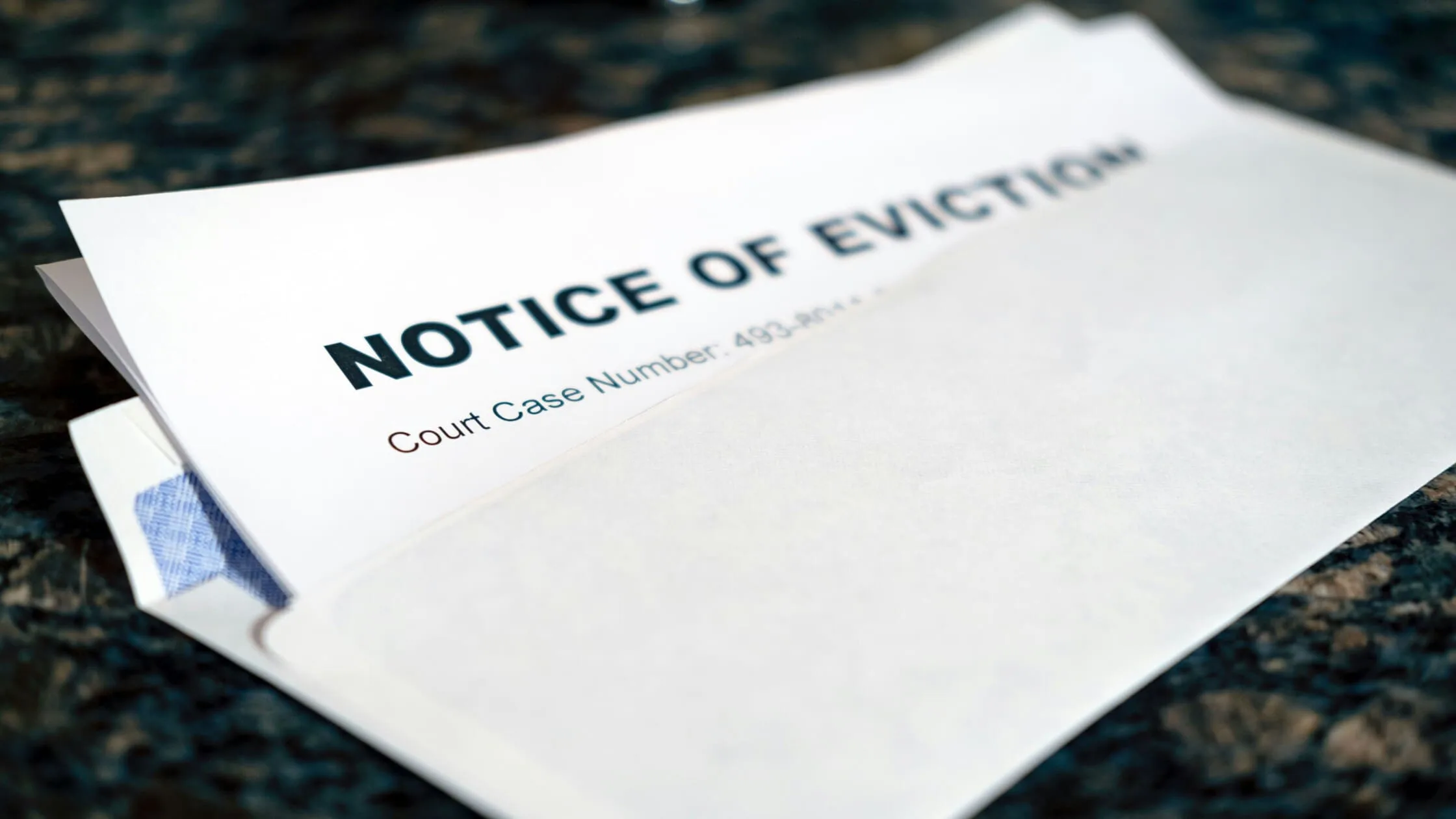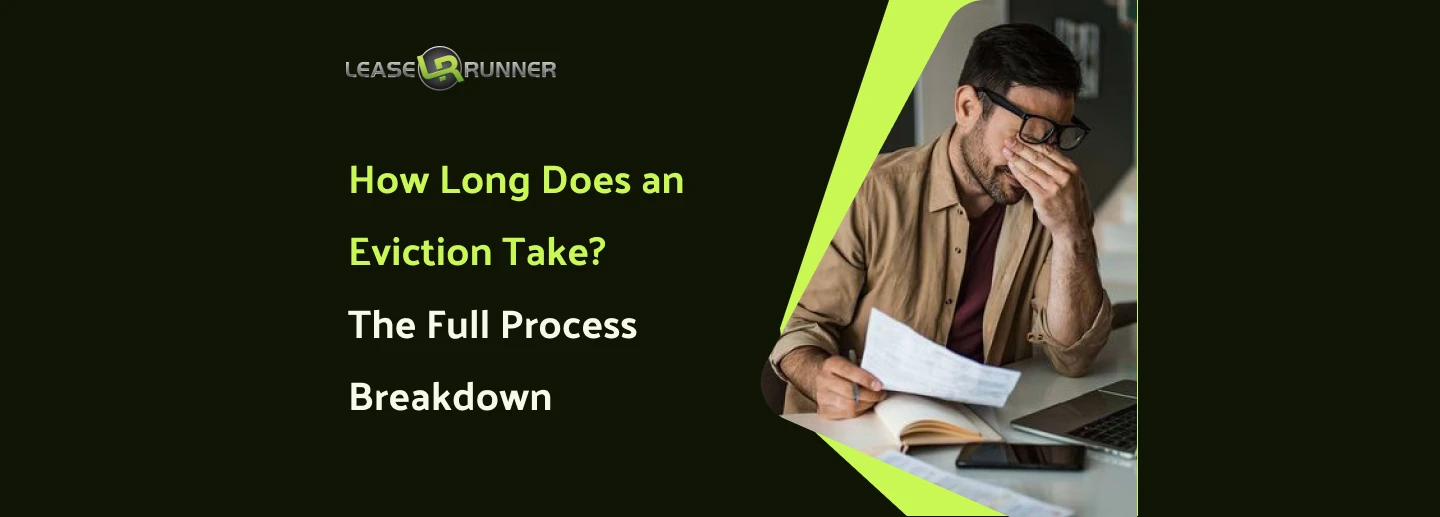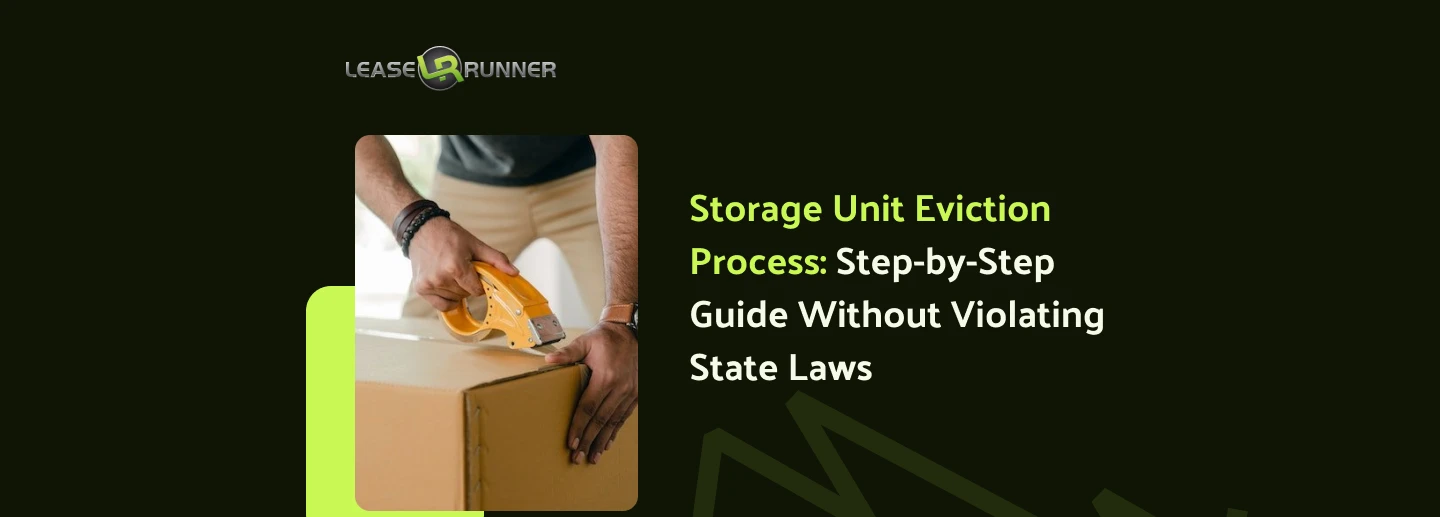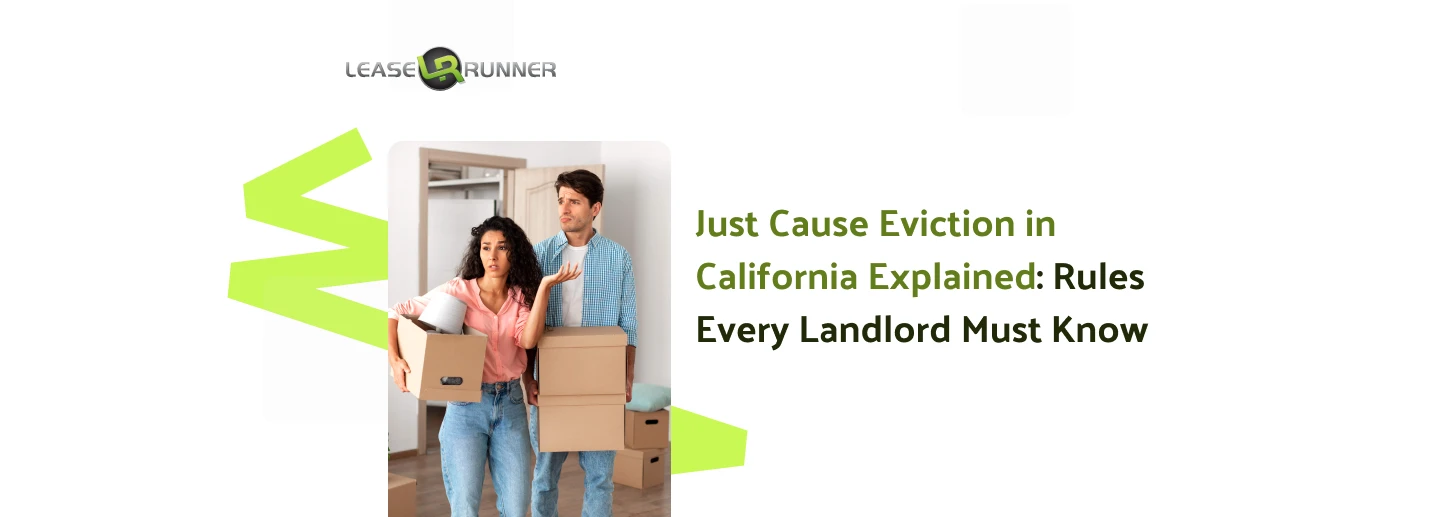How long does an eviction take is the key question every landlord asks when a tenant stops paying rent, and knowing this timeline helps landlords act quickly and legally. The eviction process begins with serving a written notice, such as a "pay or quit" or "notice to vacate," followed by filing an eviction lawsuit if the tenant does not comply.
After a court hearing, if the landlord prevails, the sheriff schedules a lockout to remove the tenant. This process varies by state but generally takes from a few weeks to several months.
To speed things up, landlords should keep detailed records, serve notices properly with proof of delivery, respond promptly to tenant communications, and review local landlord-tenant laws carefully.
Using mediation services and hiring professional process servers can also reduce delays and legal risks, helping landlords minimize vacancy losses while following the eviction process correctly. Don’t wait any longer, scroll down and check our suggestions now!

Quick Takeaway Table
How Long Does an Eviction Take in General?
Most landlords ask about eviction, how long does it take? In most areas, it takes 30–90 days. Uncontested cases finish quickly with no tenant defense. Therefore, you usually get your property back in around three to six weeks after issuing a legitimate notice and completing your eviction case.
On the other hand, evictions that are contested include tenant motions, hearings, and potential appeals. These cases sometimes take 2 to 3 months or more to get back on track, and tenants put up defences.
Uncontested vs. Contested Evictions
For an uncontested eviction, the notice must be accurate, and the tenant must not respond. In Texas, for instance, a "Pay or Quit" notice offers renters three days to pay or go. In one week, the filing will be done, and in two to three weeks, the hearing will be held. After that, the sheriff lockout lasts 1–2 weeks, bringing the total to 5–8 weeks.
If a tenant fights an eviction, you have to file a formal eviction lawsuit and a response. There will be hearings in 3 to 6 weeks, and a decision will be made in 1 to 2 weeks. Appeals or continuances add another month or more, which pushes the schedule to 3–4 months.
Common Delays
Tenants who fight add time with motions and continuances. Courts with heavy dockets schedule hearings months out. Errors in service or incomplete paperwork force re-service and add weeks.
Using digital tools to generate compliant notices and track deadlines shows you how many days to evict someone and how long someone has to move out after eviction at each phase. This clarity also helps you know exactly when you get evicted and plan accordingly.
Eviction Process Timeline: A Step-by-Step Breakdown
Understanding the proper eviction process timeline helps landlords act efficiently and set clear expectations. Below is a detailed guide on how long an eviction takes, from serving notices to sheriff lockout, with concrete examples for each phase.

Step 1: Serving an Eviction Notice (3–30 Days)
The first thing to choose and write the right eviction notice depending on the reason, and then serve it according to the notice.
- If a renter doesn't pay their rent, the landlord sends them a 3-Day Pay or Quit Notice. This notice says that the tenant must pay the overdue rent within three days or leave.
- A 30-Day Notice to Cure or Quit allows renters 30 days to cure a problem or leave if they break the contract.
State regulations provide that delivering must be done in person, by certified letter, or by posting, and documentation of service must be retained to prevent problems.
Step 2: Filing an Eviction Lawsuit (1–7 Days)
If the tenant doesn't respond to the notice, the landlord goes to court and files an illegal detainer action. This means giving the court clerk a complaint and a summons. Filing may be done in one day, but court backlogs sometimes make docketing take a few days longer.
Once the papers are filed, the tenant must be officially served with them to commence the legal procedure.
Step 3: Court Hearings and Judgments (1–6 Weeks)
Tenants normally have 3 - 10 days after service to submit an answer or rebuttal. If the tenant disagrees, a hearing will be held in 1 to 4 weeks. Both sides submit evidence and arguments during the hearing. After the hearing is complete, judges provide their decision 1 to 2 weeks later. This phase might take anywhere from 1 to 6 weeks.
Step 4: Writ of Possession and Sheriff Lockout (1–3 Weeks)
If the landlord wins, you can now ask for a writ of possession, which gives the police the power to kick out the renter. Sheriffs usually set the lockout date for 1 to 3 weeks after the writ is issued. Tenants may stay in the apartment until the lockout date.
The sheriff carries out the eviction on lockout day by changing the locks and, if required, taking the tenant's things to give them back to the landlord.
What Delays The Eviction Process?
Timing an eviction can take longer than expected due to common hurdles. Understanding these obstacles helps you plan and act swiftly when you file a court for an eviction.
1. Tenant Refuses to Leave After Judgment
When tenants ignore a court order, you must file a contempt motion. This adds 7 to 28 days before enforcement. For example, a landlord in Texas obtained a second writ three weeks after the initial judgment to secure a lockout date.
The sheriff then schedules a new date, pushing the time that someone has to move out after the eviction period into another month. Such delays can turn a simple lockout into an extended wait that tests a landlord's patience.
2. Tenant Contests the Eviction
If a tenant responds to the eviction case, the complete court process starts. They submit motions and requests for discovery, and each one gives the other party 30 days to respond. Contested hearings are arranged by the courts 1 to 4 weeks in advance, and they typically accept continuances that add another 2 to 8 weeks.
3. Court Backlogs and Scheduling Delays
Busy court dockets push hearings out by months. Some courts have to set eviction proceedings up to 12 weeks in advance because they have so many cases to deal with. In that case, landlords should call the clerk to find out how long it takes to obtain eviction notices right now.
Public court calendars frequently illustrate when hearings are accessible and how the eviction window evolves over time. Keeping track of these schedules makes it easier to prepare and talk to tenants.

4. Landlord Mistakes: Incomplete Paperwork, Improper Notice
Serving the wrong notice voids the process and forces you to start over with a new service. Missing a signature or using an outdated form can add 14–30 days for re-service and filing corrections.
For instance, a misnamed notice in Florida led to a 30-day delay while landlords reposted a corrected notice. Always use standardized templates to prevent errors and shorten the eviction timeline. Proper paperwork from day one saves both time and court fees.
How Does Eviction Notice Type Affect The Timeline?
Landlords must choose the proper notice type to set eviction timing and meet legal deadlines. Notice choice directly changes how long an eviction takes and determines how many days it takes to evict someone under state law. Below, we explain three key notice types with detailed examples.
3-Day Pay or Quit Notice
When renters don't pay their rent, landlords send them a 3-Day Pay or Quit Notice. This notice offers residents three days to pay their late rent or leave the apartment.
Landlords may launch an eviction case on the fourth day if the renter doesn't follow the rules. More importantly, every time a landlord serves this notice again, the three-day clock starts again.
For instance, a landlord sent this notice by certified mail on May 1 and didn't file in court until May 4. The clerk filed the lawsuit on May 7, which caused a four-day delay, but certified mail required two more days to get there.
30-Day or 60-Day Notice
A 30-Day or 60-Day Notice ends month-to-month tenancies, giving tenants one or two months to move out after service. The countdown begins on the delivery date and ends on the same calendar day in one or two months.
For instance, a tenant served on June 1 with a 60-day notice must vacate by July 31. If landlords mistakenly serve the wrong notice period, they must restart service and extend the timeline by another full notice term. This notice type can delay the eviction process by four to eight weeks before any court for an eviction action can start.
Immediate Notices (in cases of danger/crime)
Immediate notices are used in crises like tenant aggression or property damage. In certain areas, you may provide a 24-hour or 48-hour notice in some situations. Landlords need to provide proof of the danger by getting police reports or hazard inspections.

How Do State Laws Affect the Eviction Timeline?
States' rental laws have a big impact on how to evict and how long it takes to evict someone. We will now go over some important regulations and present clear instances of what landlords may do in Wisconsin, Alaska, California, and Texas.
In Wisconsin
In Wisconsin, landlords must serve notices that range from 5 to 28 days, depending on the reason for eviction. For instance, a nonpayment case uses a 5-day “Pay or Quit” notice, while a lease violation might need a 28-day “Cure or Quit” notice.
Once the notice period ends, landlords file an eviction lawsuit in a municipal or small-claims court. Courts hear these cases within 3–4 weeks.
In Alaska
Depending on the nature of the eviction, Alaska provides notice periods of anything from 24 hours to 30 days. If a tenant doesn't pay quickly, the landlord might give them a "Pay or Quit" notice at 9 AM. By 9 AM the following day, they can apply for eviction. If the renter doesn't respond, the matter usually ends after four weeks.
In California
Depending on the reason, California renters get 3-, 7-, or 15-day notice, and then they have to wait 5 days for a response. Landlords file the eviction case after the response window and wait 20 to 30 days for a hearing.
In Texas
Texas uses a 3-day Pay or Quit notice for rent defaults. After three days, landlords can file their eviction lawsuit, then wait 10–21 days for a hearing. In Houston, a landlord served notice on March 1, filed court on March 5, and attended a hearing on March 18.
With no tenant contest, judgment came March 20, and the sheriff lockout occurred April 2, lasting 4 and a half weeks. Contested cases in Texas, with motions and continuances, often push timelines to 1–3 months.
Uncontested vs. Contested Eviction: How Does Each Timeline Take?
Landlords must track eviction timelines and how long it takes to plan moves, and avoid costly delays. Uncontested and contested cases follow very different paths. Each path affects how long an eviction takes from start to finish.
How Long Does a Contested Eviction Take?
In an uncontested eviction, the tenant does not respond to the eviction lawsuit. Landlords then skip hearings and seek a default judgment in the court for an eviction. For example, a landlord serves a 3-day Pay or Quit notice on June 1.
Once the tenant ignores it, the landlord should file on June 5. The court grants judgment by June 25, and the sheriff locks out the tenant by July 5. Total time from notice to lockout is 30–60 days.
How Long Does an Uncontested Eviction Take?
When tenants answer and defend the case, full litigation begins. The tenant may file motions and use discovery tools to gather evidence, each step adding time. For instance, a tenant answers on day 5, then seeks depositions and motions for more details. These actions push hearings out by 4–6 weeks.
Judges set contested hearings 1–2 months later, and final judgment may take 8–12 weeks or more. After judgment, landlords still wait 1–3 weeks for the writ and sheriff lockout. This path can span 3–4 months in total.
Tips to Speed Up the Eviction Process
To avoid making the eviction process more lengthy, below are some experts' tips for you:
Use Accurate Legal Notices
Serve the correct form each time to avoid re-service delays. A wrong notice can reset your eviction period countdown by 30 days.
For example, using a state-approved 3-Day Pay or Quit notice on May 1 and filing on May 4 kept a Chicago landlord on track. Meanwhile, a wrong form forced a reschedule on May 15 and shifted the timeline of the eviction by another month.
Hire an Eviction Attorney or Manager
An experienced attorney or property manager knows local rules. They file a clean eviction lawsuit and handle the court process for an eviction without errors.
In one case, a Los Angeles landlord cut the timeline from 12 to 6 weeks by having a lawyer file on day 4 after notice, avoiding scheduling glitches that often stall eviction in large counties.
Prepare Thorough Documentation
Keep rent ledgers, all notices, and tenant emails in one folder. Clear records show judges exactly when you get evicted, the steps, and prove how long someone has to move out after eviction.
A San Francisco landlord used dated receipts and saved door-photo timestamps to win a default judgment in just five weeks.

Bonus: How Long Does It Take to Evict a Roommate?
Evicting an unauthorized roommate may need a lease addendum or extra notice. Serve a 3-day or 30-day notice based on lease terms. If the roommate skips response, landlords file and gain judgment in 4–8 weeks.
If the roommate contests, expect full litigation that extends the timeline to 3–4 months. Always track the regular timeline for someone to move out after eviction to set a clear lockout date.
Conclusion
All in all, how long does an eviction take? The answer is that the period varies by notice type, tenant response, and state rules. Uncontested evictions can finish in 3–6 weeks, while contested cases stretch to 2–3+ months.
Delays often stem from tenant defenses, short backlogs, or improper service. By using accurate eviction notice templates, tracking deadlines, and seeking professional help when needed, landlords can shorten timelines and reduce vacancy losses. If you need more information on this topic, feel free to visit our LeaseRunner blog.
FAQ
Q1. How long does an apartment eviction take vs. a house?
Eviction timelines are similar for apartments and houses. Local laws, tenant responses, and court schedules determine how long an apartment eviction takes, not property type.
Q2. How many days to evict someone after notice?
The timeline hinges on notice type. A 3-day Pay or Quit notice for nonpayment gives tenants three days to pay rent or vacate. For month-to-month terminations, a 30- or 60-day notice applies, granting tenants 30 or 60 days to leave. Each re-service resets the clock accordingly.
Q3. How long does someone have to move out after eviction?
Once a judgment is entered, tenants typically have 1–3 weeks to vacate before the sheriff enforces the lockout. For example, after a default judgment, a landlord requested a writ of possession, and the sheriff scheduled the lockout for 10 days later.
Q4. When do you get evicted?
Eviction occurs only after serving notice, filing the complaint, and securing a court judgment. Total time to eviction ranges from 30–90 days, based on state rules and whether tenants contest.







